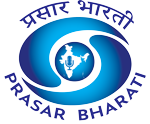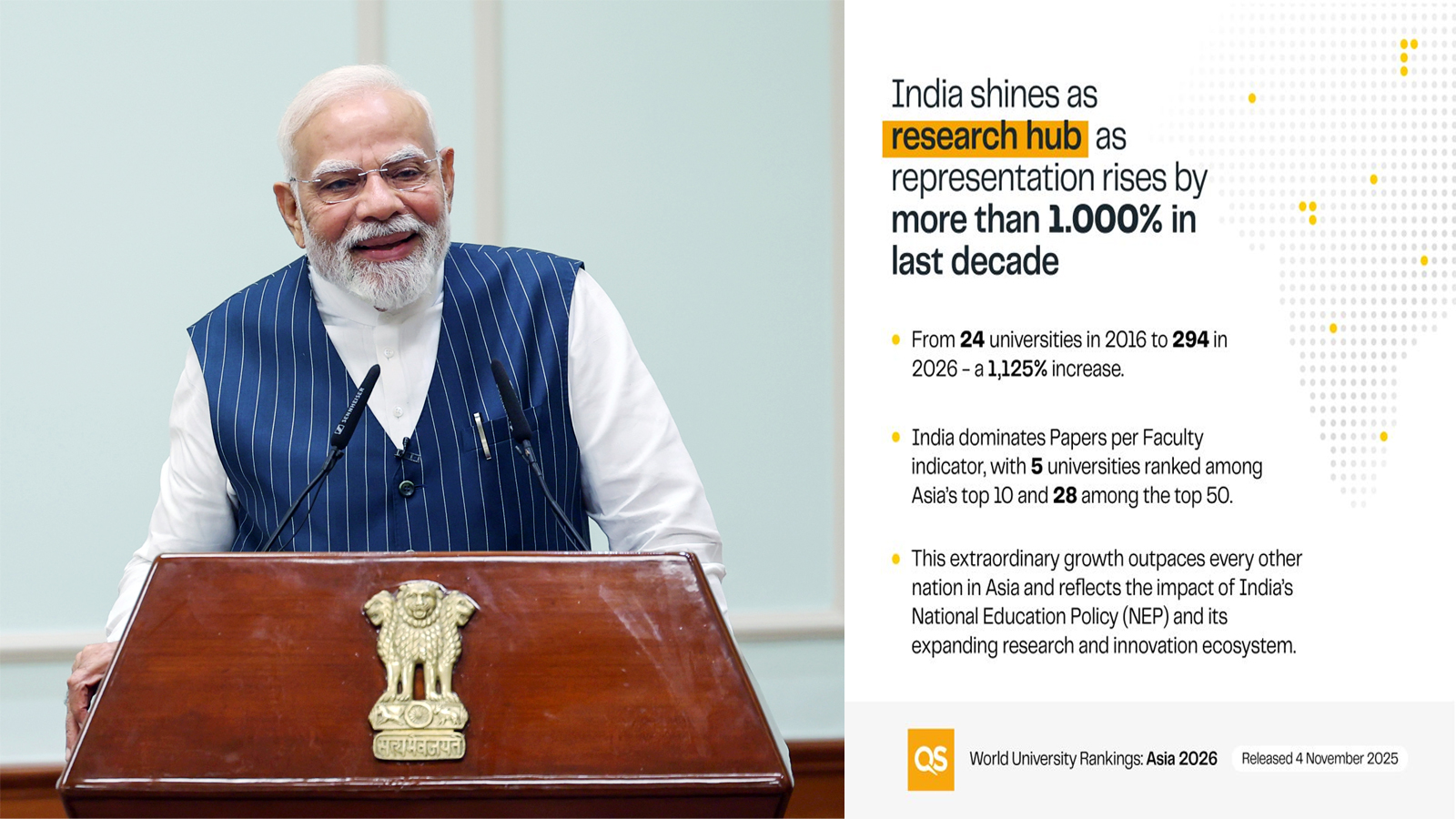Prime Minister Narendra Modi on Tuesday hailed a record surge in the number of Indian universities featured in the QS Asia University Rankings 2026, describing it as a testament to India’s decade-long transformation in higher education, research, and innovation.
In a post on X, the Prime Minister said, “Glad to see a record increase in the number of Indian universities in the QS Asia University Rankings over the last decade. Our Government is committed to ensuring quality education for our youth, with a focus on research and innovation. We are also building institutional capacities in this sector by enabling more educational institutions across India.”
According to data released by QS Quacquarelli Symonds, India’s representation in the rankings has grown by 1,125 per cent – from 24 institutions in 2016 to 294 in 2026 – marking a tenfold rise that positions the country as Asia’s second-most represented nation, behind only China (395 universities). This year, 137 Indian universities made their debut on the list.
PM Modi said this remarkable achievement underlines India’s focus on strengthening academic and research ecosystems under the National Education Policy (NEP) 2020, which emphasizes interdisciplinarity, internationalisation, and innovation-led learning.
Echoing the sentiment, Matteo Quacquarelli, Vice President (Strategy & Analytics) at QS, noted on LinkedIn that India’s “remarkable rise” reflects a decade of transformation in research productivity and institutional capacity. He added, “As India marks five years since the launch of NEP 2020, its impact is becoming increasingly evident. The policy’s focus on collaboration and innovation is helping to strengthen institutions and expand opportunities for students.”
In this year’s rankings, seven Indian institutions feature in Asia’s top 100, demonstrating resilience amid intense regional competition. The Indian Institute of Technology (IIT) Delhi led India’s charge, climbing to 59th with a score of 78.6, followed by IISc Bangalore (64th), IIT Madras (70th), IIT Bombay (71st), IIT Kanpur and IIT Kharagpur (both 77th), and the University of Delhi (95th) — signalling that excellence now extends beyond the IIT ecosystem into broad-based public universities.
Five Indian institutions ranked among Asia’s top 10 for papers per faculty, while 28 made it to the top 50 – more than double China’s tally – underscoring India’s growing research strength.
At the continental summit, the University of Hong Kong took the top spot, overtaking Peking University, while Singapore’s NUS and Nanyang Technological University (NTU) shared third place, reaffirming the regional dominance of Hong Kong, mainland China, and Singapore.
QS CEO Jessica Turner credited the NEP’s legacy for creating “system-level capacity that is globally relevant and locally empowering,” but noted that India’s next leap will depend on expanding global partnerships, improving international faculty ratios, and modernizing curricula for the digital era.
While some flagship IITs saw slight dips in rank – with IIT Bombay falling 23 places – analysts attribute this to other Asian institutions’ rapid progress in faculty diversity, international collaborations, and infrastructure investment.
Despite these challenges, education experts agree that India’s universities are now competing at the global frontier. As Quacquarelli remarked, the nation’s momentum “forms part of a wider regional trend, with Asian universities increasingly shaping the global higher education landscape.”
With a record 294 universities now in the QS Asia rankings, India’s rise underscores its growing stature as a knowledge powerhouse, driven by sustained reforms, investment in human capital, and a renewed commitment to Atmanirbhar Bharat’s vision of world-class education.
(With IANS inputs)














